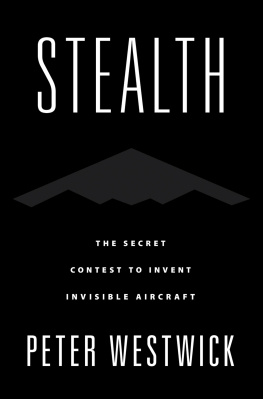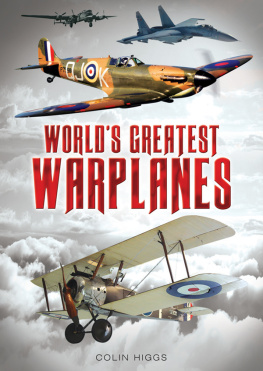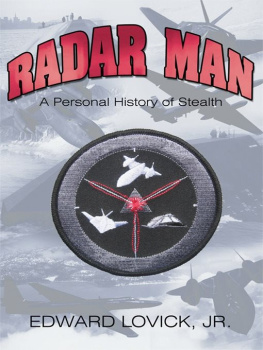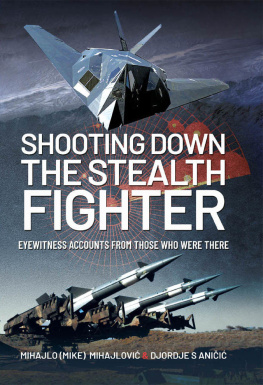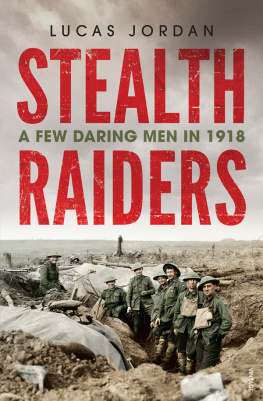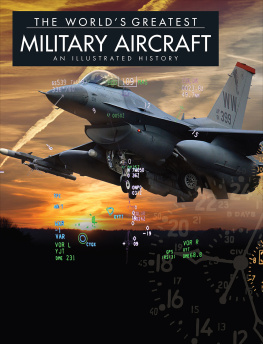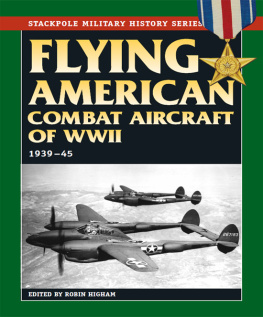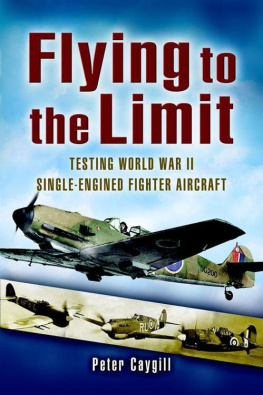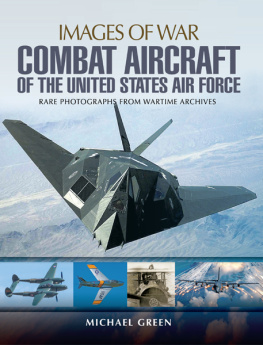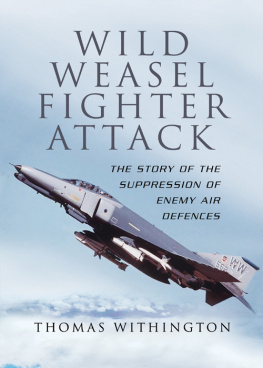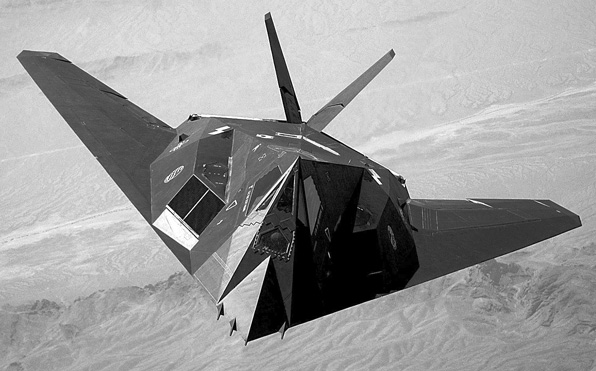Source: U.S. Air Force.
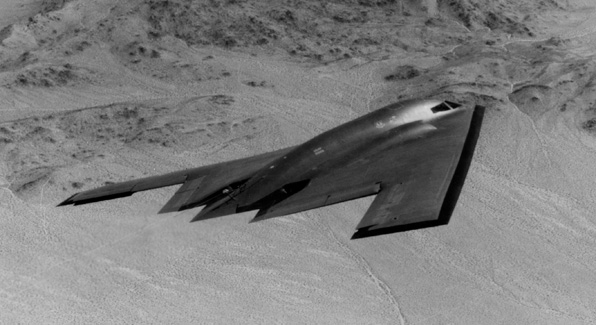
I.2 A B-2 in flight.
Source: courtesy of Northrop Grumman Corporation.
Why is one Stealth plane angular and the other curved? The answer to that simple question reveals several tensions at the core of this story: between the two companies, Lockheed and Northrop; between the disciplines of radar physics and aeronautical engineering; and between design philosophies, especially involving the role of computers versus human intuition in aircraft design. These tensions played out in an exceptional cast of characters, from bookish engineers to jovial pranksters to hard-driving managers.
This book is about where those aircraft came from and why they look the way they do. It tells the story of engineers at Lockheed and Northrop and their epic contest to build these two planes, a competition conducted under the highest levels of secrecy in the Cold War. In a fantastically fertile five-year period in the mid- to late 1970s, engineers at the two firms arrived at different solutions to achieve the same breakthrough: aircraft essentially invisible to radar.
There is a tendency in military history to view a new technology as a deus ex machina: a new weapon (the longbow at the Battle of Agincourt, the machine gun in the First World War, and, perhaps the greatest deus ex machina of them all, the atomic bomb in the Second World War) suddenly appears on the scene and revolutionizes warfare. But where did the technology come from? Why did it appear at that particular time? Why did one side get it and not another? In short: how did it come to be? These questions are often ignored because military history tends to tell stories either from the top down, the presidents-and-generals view of grand strategy, or from the bottom up, the trench-level view of the combat soldier.
There is another view, between that of the generals genius and the soldiers courage, what the historian Paul Kennedy has called history from the middle: the story of the engineers and midlevel military officers who champion new military technologies. In Kennedys case, it was the engineers who turned the tide in World War II with the P-51 Mustang, antisubmarine warfare, amphibious assault, and antitank weapons. Similarly, Stealth originated with engineers at Lockheed and Northrop and won the backing of technical program managers in the military long before either generals or frontline soldiers knew about it.
That is not to say that these engineers always agreed. However fierce the competition was between the two firms, the technical battles within the firms were as fierce, or even fiercer. Stealth, in other words, was a contest on three levels: between the US and the Soviet Union; between Lockheed and Northrop; and within Lockheed and Northrop.
An early British airplane builder, Howard Theophilus Wright (no relation to the American brothers), declared in 1912, The successful aeroplane, like many other pieces of mechanism, is a huge mass of compromise. He did not, however, suggest how engineers might reach compromise. On a typical day in the advanced design department of Northrop in Hawthorne, in the mid-1970s, engineers in their offices would lift their heads from their work like startled animals as the shouted arguments of John Cashen and Irv Waaland, Northrops principal Stealth designers, shattered the tranquility. Cashen and Waaland would have been comforted, and probably not surprised, to learn that twenty miles away in Burbank, similar arguments echoed down the hallways of Lockheed. The popular image of the aerospace engineer is rational, dispassionate, and reserved. These engineers were certainly rational but not at all dispassionate. And their passion enabled the invention of Stealth.
That passion was needed because Stealth faced determined resistance on many levels. On the technical level, a number of engineers, including some of the most legendary names in the aircraft business, thought it couldnt be done. At the corporate level, some managers thought the dubious prospects were not worth a major investment of company finances. At the strategic and political level, some argued there were better ways to solve the problem of Soviet air defenses, by flying low and fast, for instance, or using electronic jammers.

